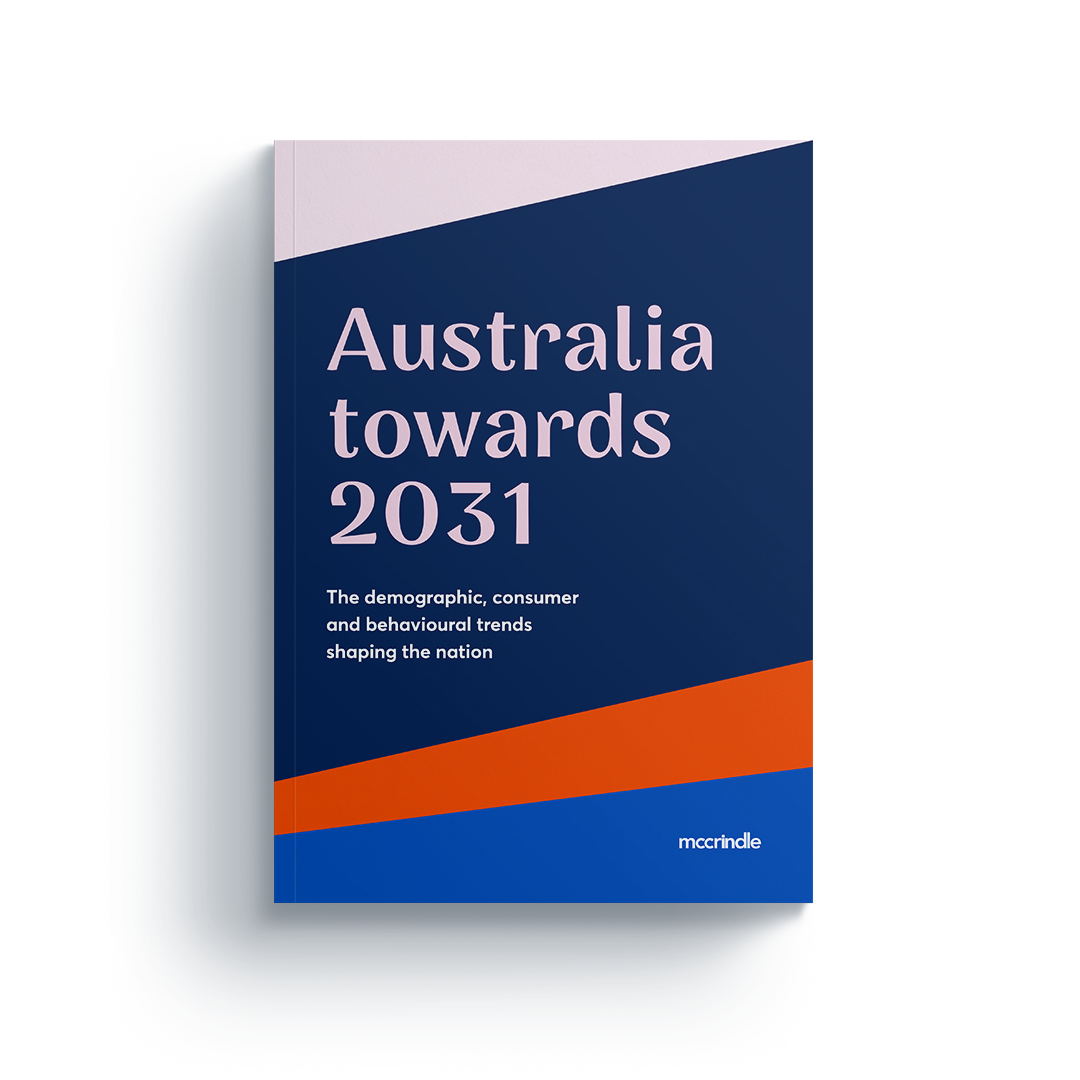100 Years of Change

As Australia’s social researchers, we love research that takes the pulse of the nation and reveals something of who we are. We are passionate about research that is engaging and that tells a story. So here are 35 interesting statistics about Australia, highlighting how much we have changed over the last 100 years!
100 years of change: 1915 to 2015
- In 1915 Australia was a young nation in more ways than one — our average age was just 24 compared to 37 today.
- Back then it was the Northern Territory which the census showed had the oldest median age (41.7) with Tasmania the youngest (with a median age of 22.4). A century later this has completely reversed with Tasmania being our oldest state (median age of 40.8) and the NT at 31.5 — the youngest.
- In 1915 men outnumbered women by more than 161,000. Today it is women who outnumber men in Australia by more than 105,000.
- In Australia in 1915, those aged 65 were classified as being of ‘old age’. Less than one in 20 Australians was aged 65 or over compared to almost one in five today.
- The number of aged pensioners has increased by more than 31 times in a century from 72,959 in 1915 to 2.3 million today.
- The percentage of the Australian population aged under 15 has halved over the last 100 years. While the under 15’s comprised 31 per cent in 1915, today they comprise just 15 per cent.
- Amazingly in 1915 there were 4,289 Australians ‘born at sea’, which meant that the 10th most likely birthplace for Australians born overseas was actually born at sea.
- Remarkably the top five birthplaces of Australians born overseas has hardly changed: In 1915 it was, in order UK, Germany, New Zealand, China and Italy. Today it is UK, New Zealand, China, India and Italy.
- Over the last 100 years Australia’s population has increased almost fivefold from just under five million to almost 24 million today.
- The average household today has two less people in it than in 1915: from an average of 4.5 people to just 2.6 people today.
- In 1915 there were 45,364 marriages registered per year while a century on there are 2.6 times more marriages registered at around 119,000 per year.
- However while marriages have increased by 2.6 times, divorce numbers are up 95.7 times. 1915 saw just 498 divorces recorded compared to today’s annual numbers exceeding 47,000.
- Back in 1915, Sydney was the city where most Aussies resided. However, Adelaide today has twice the population of Sydney back then.
- As many people live in Sydney today (4.9 million) as lived in the whole of Australia in 1915.
- Melbourne is seven times larger today than it was in 1915. In fact the Gold Coast has a larger population today than Melbourne had back then when it was home to the Commonwealth Parliament.
- Australia’s population growth rate has almost halved in a century from more than 3 per cent per annum to 1.6 per cent today. However it remains the second fastest growing nation in the developed world — in 1915 it was beaten only by Canada, and today only by Luxembourg.
- The population of Perth has seen the greatest growth rate of any Australian capital in a century. In 1915 the population of Perth was 106,792 while today it is 2,107,000 which is almost 20 times the size!
- Brisbane has also experienced great growth over the last century, increasing by 16.6 times its population of 139,480 back in 1915 to 2,329,000 today.
- The population of Adelaide has also experienced steady growth over the last 100 years from 189,646 people in 1915 to 1,318,000 today, which equates to 6.9 times its size of the century.
- Hobart has experienced the least growth of all Australia’s major cities, only increasing by 5.5 times its 1915 population of 39,937 to its current population of 220,000.
- In 1915 most of Australia’s population growth came from natural increase (births minus deaths) which accounted for almost three fifths of growth with just two fifths coming from net migrations (permanent arrivals from overseas minus permanent departures). Today this statistic is reversed with two fifths of our growth from natural increase and three fifths from immigration.
- In 1915 there were just 2,465 university students in Australia while today there are almost 1.2 million — an increase of 480 times!
- While a loaf of bread would have cost you 3½ pence in 1915, today a loaf could cost you around $2.50 and milk has gone from 3 pence per litre to $1.50 today. However land price rises have been even more significant with for example land blocks in newly developed suburbs such as Asquith for £200 compared to more than $600,000 today.
- Back in 1915, the vast majority of the population (96 per cent) associated themselves with the Christian faith, while today this has dropped to 61.1 per cent.
- A century ago the biggest religion after Christianity was Judaism (0.38 per cent) then Confucianism (0.12 per cent), Islam (0.09 per cent) and Buddhism (.07 per cent). Today Buddhism (2.5 per cent) has the most Australian adherents after Christianity followed by Islam (2.2 per cent), Hinduism (1.3 per cent) and Judaism (0.5 per cent).
- While all the mainstream religions other than Christianity have increased their share of the population, the option with the biggest increase has been “no religion” and “agnostic” having gone from 0.6 per cent a century ago to 22.5 per cent currently, an increase of more than 37 times.
- Today we have 4 times more students attending a state school than we did 100 years ago. Back in 1915, 593,059 students attended a state school compared to 2,406,495 today.
- There are also a lot more students attending private or catholic schools then there were 100 years ago, eight times more in fact. Back in 1915 only 156,106 attended a private or Catholic school, compared to 1,287,606 today.
- 100 years on, due to increased migration capacity, less residents of our population are Australian born than they were a century ago. Back in 1915 more than four in five (82 per cent) people were Australian-born. Over the century this figure has decreased to 71 per cent of the population.
- Australia’s European-born population has also decreased from 15 per cent of the total population in 1915 to 10 per cent 100 years later.
- In the last 100 years Australia has only planted two new cities: places that had no population base and are now stand-alone cities: Canberra (our 8th largest currently) and the Gold Coast (6th largest).
- By the end of World War 1, 420,000 men had enlisted which was around 39 per cent of the population of men aged 18 to 44. In 1915 there were 367,961 males aged 18 to 26.
- When WW1 began in 1914, there were 161,910 more males than females in Australia. By the end of 1918 there were 83,885 more females than males nationally.
- In WW1 there were 219,461 Australians killed, captured or injured in battle which was a casualty rate of almost two thirds of all those who embarked, and is the equivalent of one in five of the total 1915 Australian male population aged 18 to 44.
- The total Australian soldier casualties in WW1 exceeds the total number of adult males currently living in the state of Tasmania.




